Construction Resumes on $5 Billion Empire Wind Project Off New York Coast After Federal Reversal
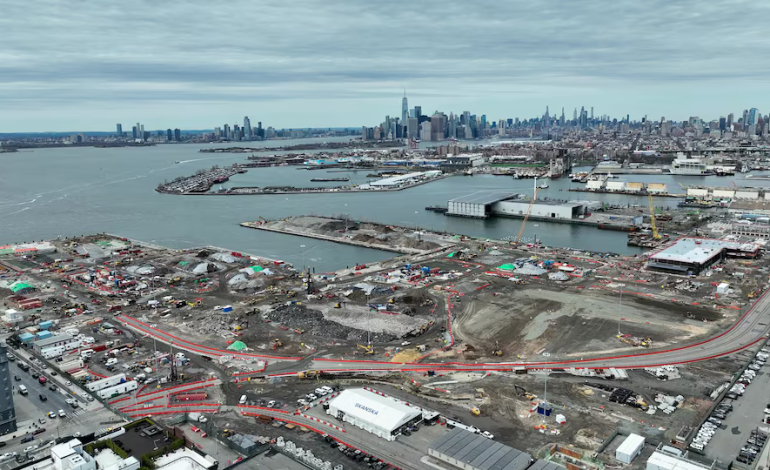
Construction on the Empire Wind offshore energy project off the coast of New York has resumed after the Trump administration lifted a stop-work order that had paused the $5 billion development for a month.
The decision marks a significant moment for the offshore wind sector, which has faced mounting challenges and political uncertainty in recent months.
Norwegian energy company Equinor, which is developing the project, confirmed on Monday that the US Department of the Interior’s Bureau of Ocean Energy Management has cleared the way for work to continue. The 810-megawatt wind farm, which is 30% complete, is designed to provide electricity for 500,000 homes and is scheduled to begin commercial operation in 2027.
The project had been ordered to halt construction on April 16 by Interior Secretary Doug Burgum, who cited concerns that the Biden administration had expedited project approvals without sufficient environmental review. The decision was informed by an internal report from the National Oceanic and Atmospheric Administration (NOAA), which highlighted potential risks to marine ecosystems. The findings of the report, however, were not made public.
Equinor said the construction freeze cost the company around $50 million per week, totaling approximately $250 million before the order was lifted. CEO Anders Opedal welcomed the decision, thanking President Donald Trump and several government leaders, including New York Governor Kathy Hochul, for their support in restoring the project’s momentum.
“This resolution allows us to move forward with an important investment in America’s energy infrastructure,” Opedal said. “We appreciate the cooperation at both federal and state levels in bringing clarity to this process.”
Equinor first acquired the Empire Wind lease in 2017, during President Trump’s first term, while final project approvals were granted in 2023 under President Biden. The project will utilize turbines from Vestas, a leading wind energy manufacturer.
The reversal offers some relief to the offshore wind industry, which has faced regulatory headwinds under the current administration. In January, President Trump issued an executive order halting new permits and leases for wind energy projects — both onshore and offshore — and initiated reviews of previously approved developments. The move prompted legal challenges from 17 states and the District of Columbia, and contributed to a slowdown in US offshore wind investments by major developers like Shell and TotalEnergies.
Industry groups praised the decision to allow Empire Wind to proceed. Erik Milito, president of the National Ocean Industries Association, said:
“[The move] activates American shipyards, creates high-quality jobs, and accelerates infrastructure needed for reliable, domestic energy.”
Still, the long-term outlook for wind energy remains complex. While the Empire Wind project has cleared a major hurdle, experts note that broader policy uncertainty could continue to hinder investment.
“Permit stability is an important part of attracting investment,” said Kevin Book, managing director of Washington-based consultancy ClearView Energy Partners. “Seeing permits put in flux for established projects could be troubling for investors.”
Equinor has said it will conduct an updated economic assessment of the project in the second quarter and work closely with suppliers and regulators to mitigate the impacts of the delay. Some analysts, including Sparebank1 Markets, suggest the financial return on the Empire Wind project may be modest, estimating returns around 3%. Nevertheless, the project represents a major part of Equinor’s transition strategy toward renewable energy.
Bloomberg, the Financial Times, and Reuters contributed to this report.

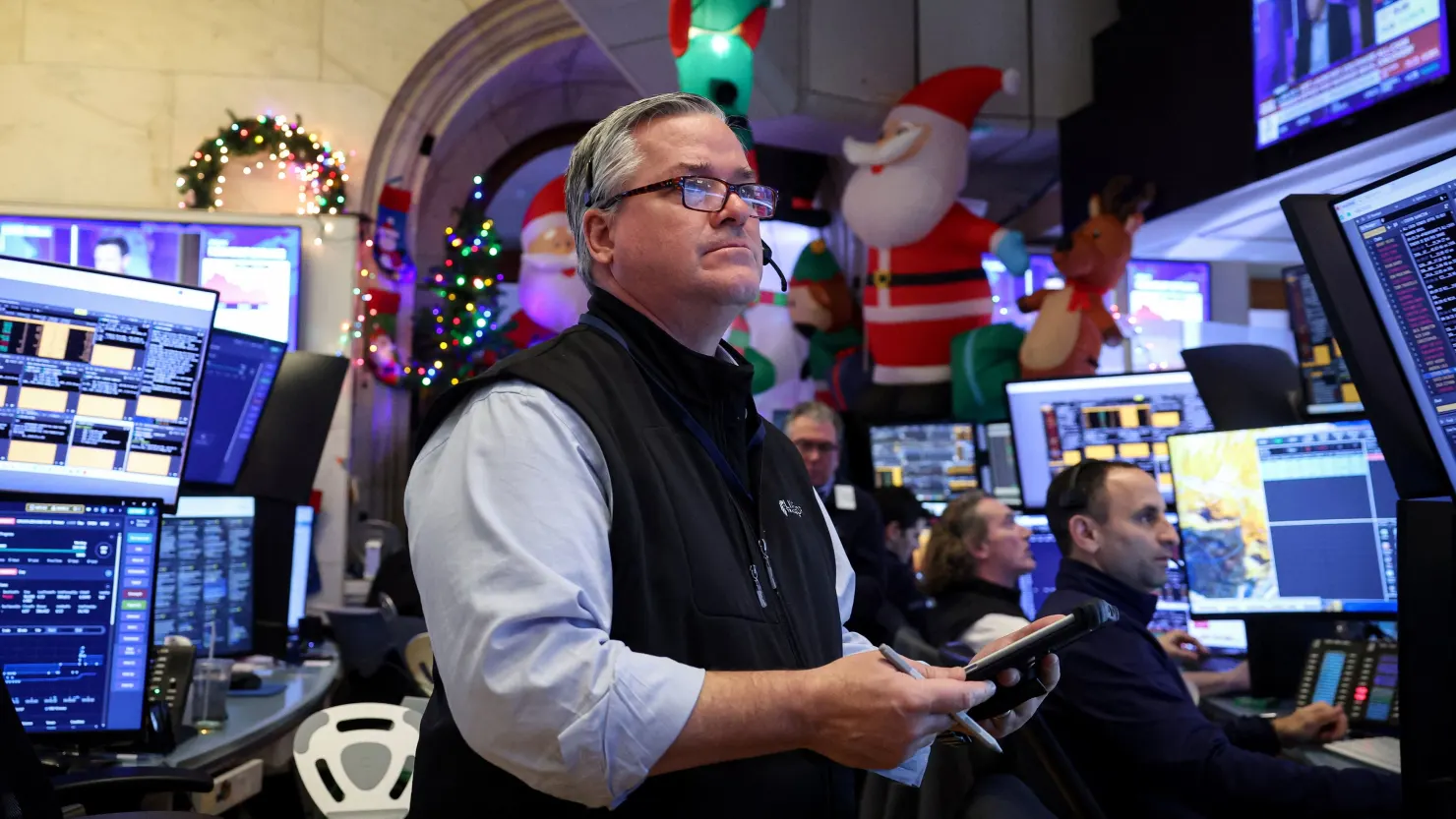
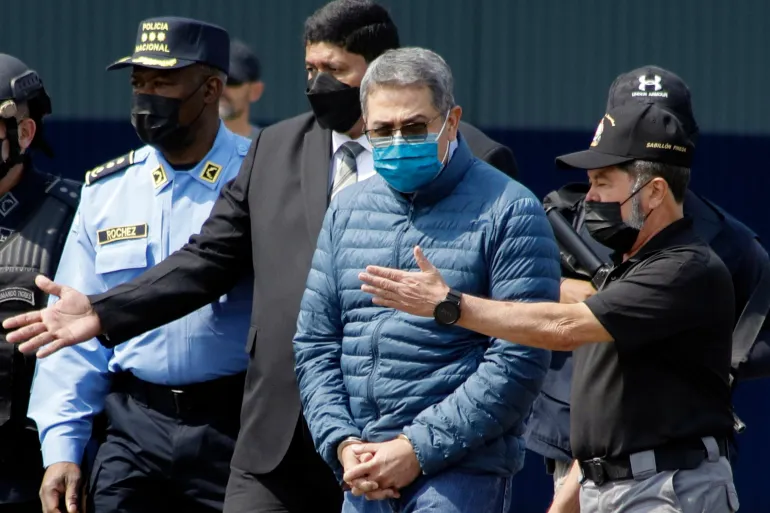
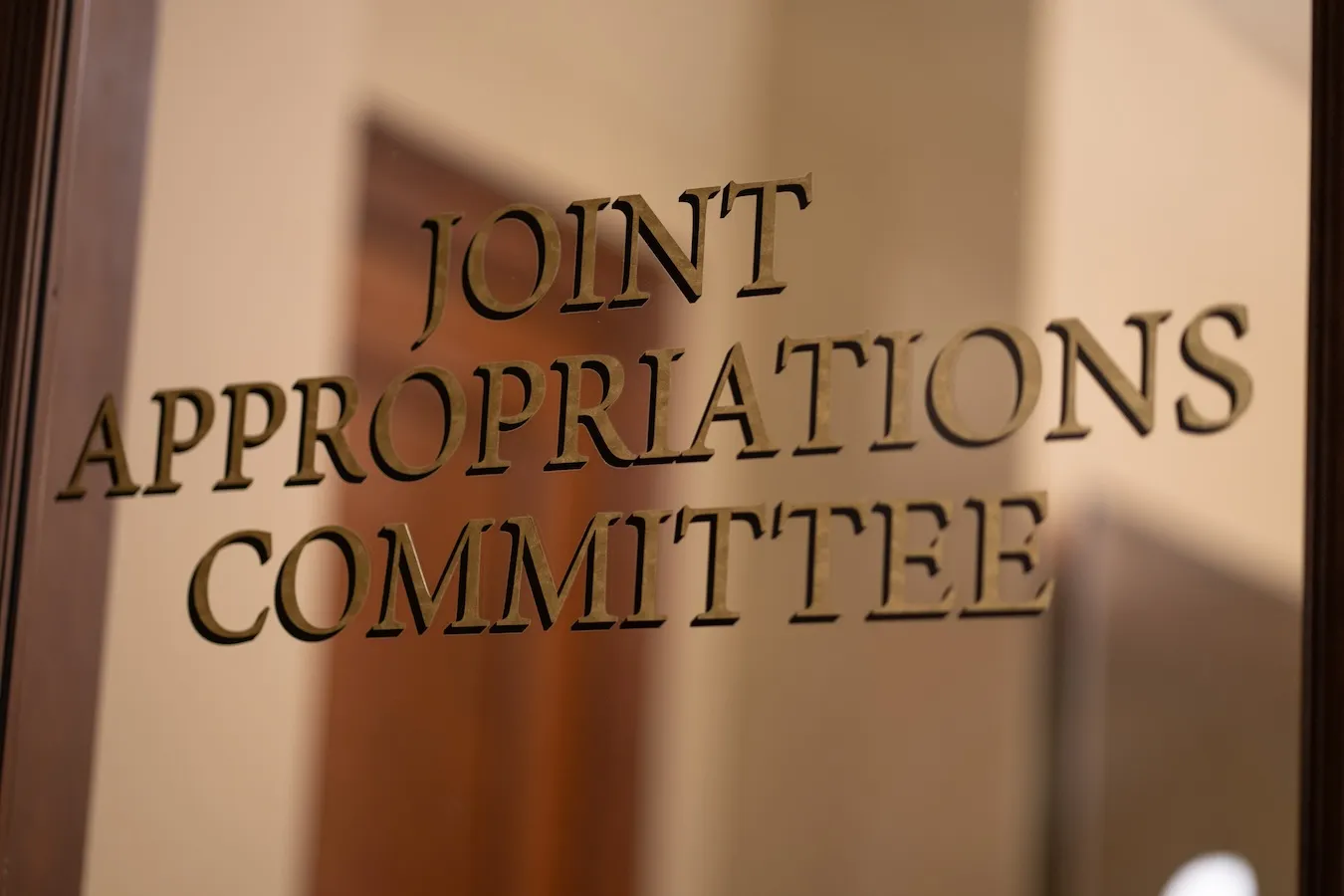



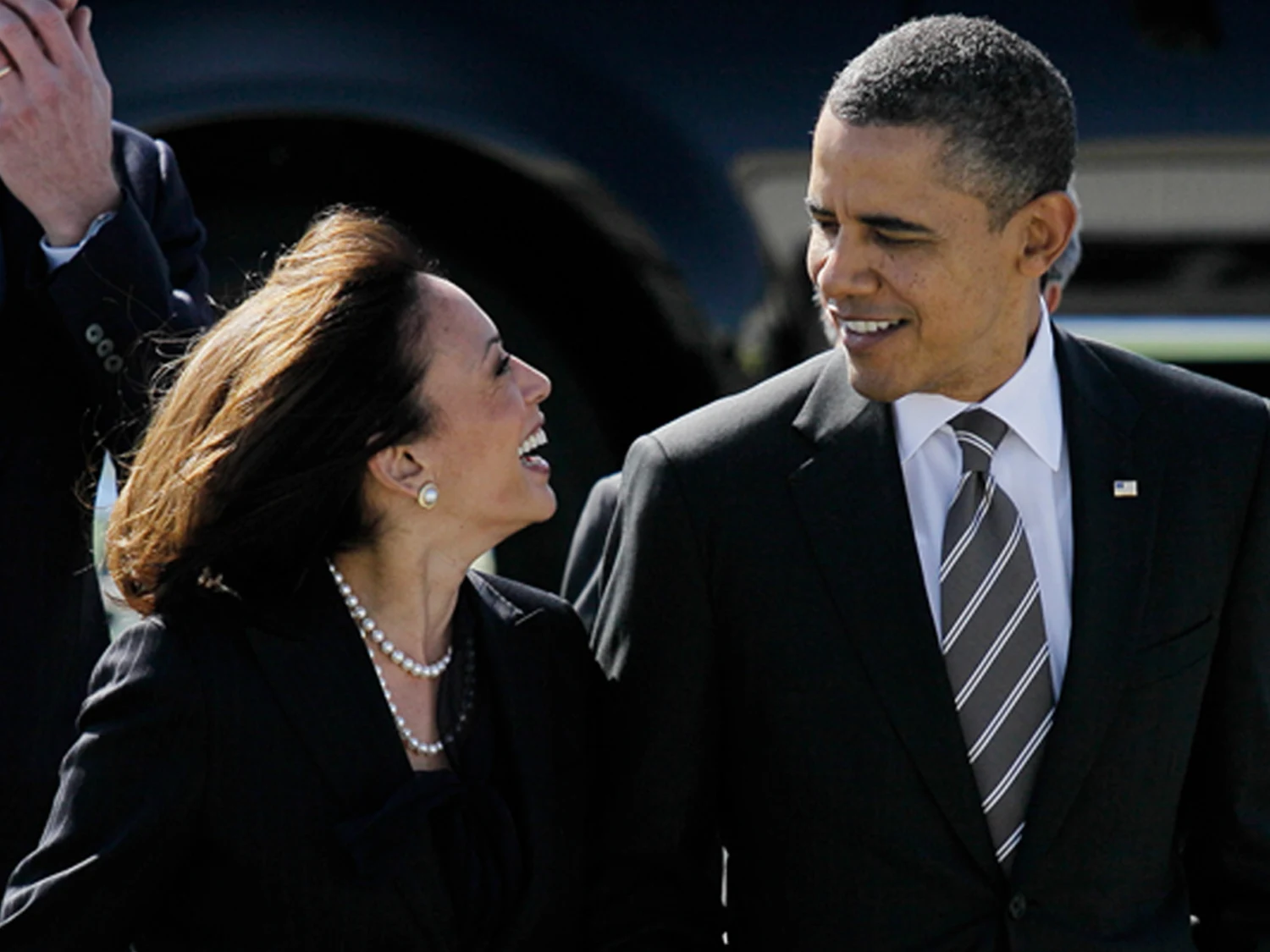
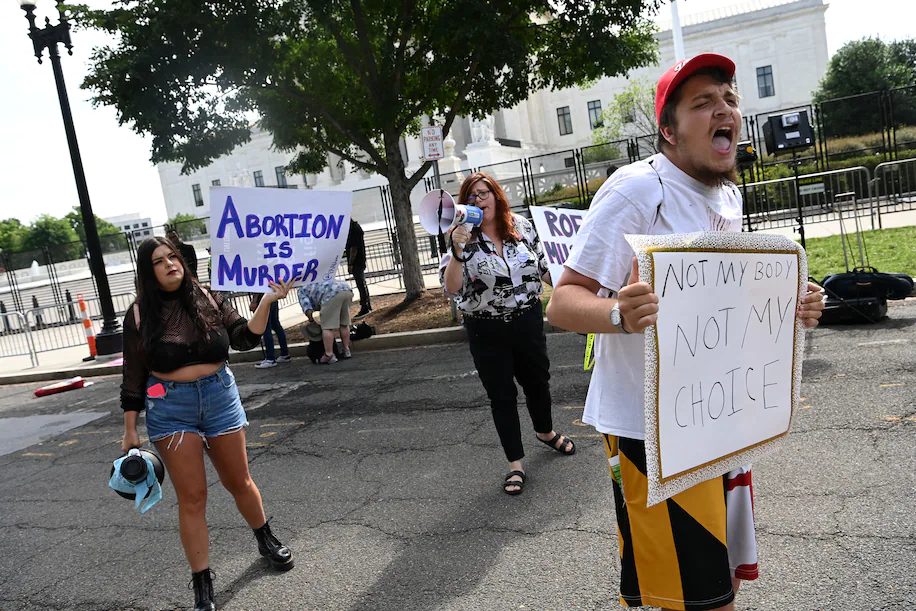
The latest news in your social feeds
Subscribe to our social media platforms to stay tuned